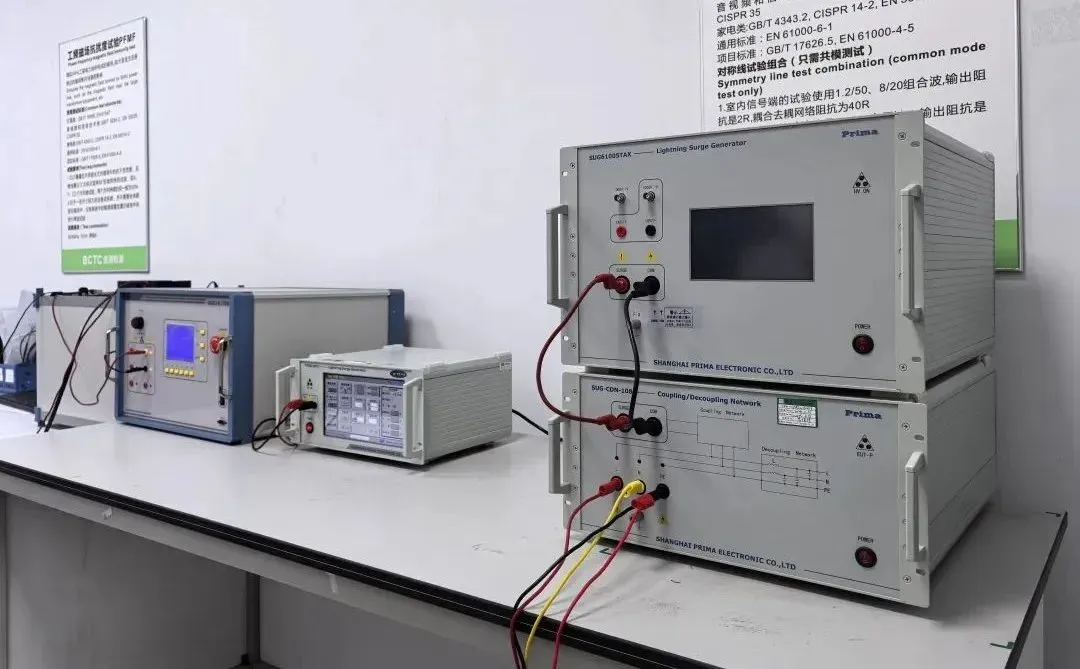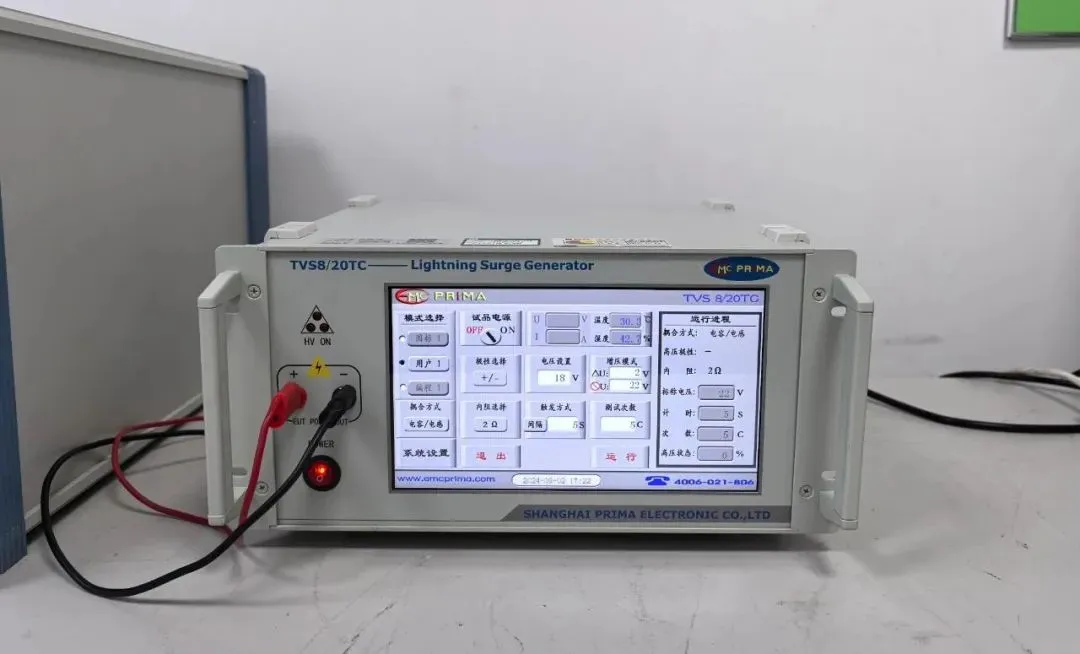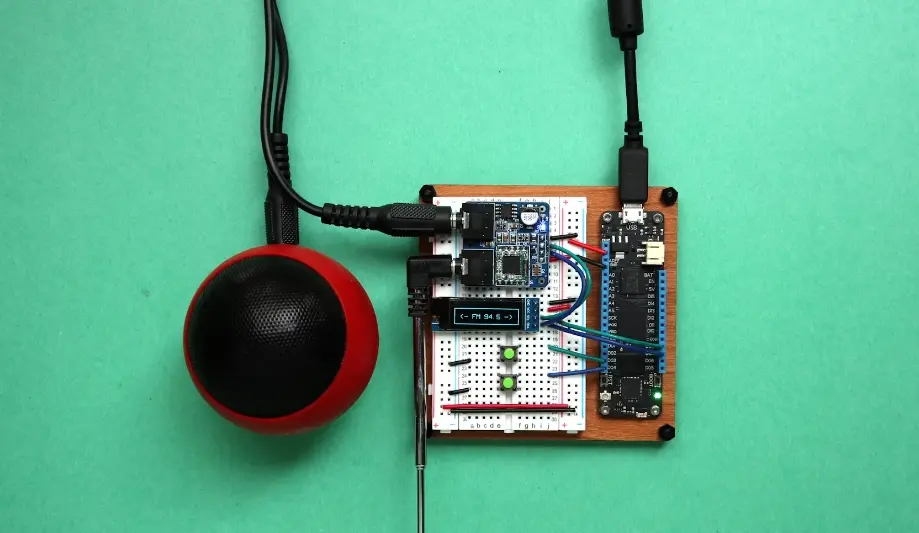
What Does UL2056 Compliance for Amazon Power Banks Mean?
As a hot-selling category on the Amazon platform, power banks are highly favoRED by sellers due to their portability and broad demand. However, with regULatory requirements tightening worldwide, these products have become a major focus of compliance audits. From U.S. energy efficiency certifications to the European Extended Producer Responsibility (EPR), global regulations are becoming increasingly stringent. Non-compliant products face removal, fines, and even account suspension. Sellers urgently need to stay updated on policies and establish a compliance firewall.

1. U.S. Marketplace:
The U.S. regulates power banks with a dual approach: safety certification + energy efficiency standards.
Safety Requirements:Amazon mandates that products comply with one of the following schemes:
Option 1:Full compliance with ul 2056 (special safety certification for power banks)
Option 2:Split testing
Internal battery must meet any of: ul 2054, iec 62133-2, or UL/CSA 62133
External power bank unit must meet any of: iec 60950-1, UL/CSA 60950-1, IEC 62368-1, or UL/CSA 62368-1
Energy Efficiency Requirements:
New regulations effective February 18, 2025require all products to pass the U.S. Department of Energy (DOE) energy efficiency certification, or face mandatory delisting. This policy is based on the Energy Policy and Conservation Act (EISA)and requires compliance with:
10 CFR 429– Sampling and reporting standards
10 CFR 430– Testing methods and conformity declaration
The regulations cover a wide range of products, including phone/tablet chargers and multi-port USB chargers.
2. European Marketplace:
The EU regulates power banks primarily through CE safety certificationand EPR battery legislation.
Safety Requirements:
① Products must display the CE markand provide an EC Declaration of Conformity
② Test reports must demonstrate compliance with EN(IEC) 62133(battery safety) or UL 2056(power bank safety)
Major Changes – EPR Battery Regulations:
By August 18, 2025, all sellers of standalone batteries or products containing batteries must complete EPR registrationand submit proof
The new regulation covers five types of batteries:
1. Portable batteries (e.g., phone/laptop batteries)
2. Light transport batteries
3. SLI batteries
4. Industrial batteries
5. Electric vehicle batteries
Three-Step Compliance Process:
1. Complete EPR registration in the sales country (e.g., Germany via Stiftung ear, France via SYDEREP)
2. Submit the registration number to Amazon (submission paths vary by country; in Germany, via the “Regulatory Compliance” section)
3. Regularly report sales volumes and pay environmental fees
Case Study:
A 10,000mAh power bank was forcibly recalled in the U.S. with 5,445 unitsdue to lithium battery overheating risks. Multiple fire incidents were reported, accelerating the enforcement of regulations.
3. Global Marketplace compliance:
Beyond the U.S. and EU, Amazon has customized requirementsfor other global marketplaces:
① UK:Post-Brexit, products must use the ukca markinstead of CE and provide a UK Declaration of Conformity. Standards remain EN(IEC) 62133or UL 2056
② Canada:Similar to the U.S., accepts UL 2056 or split testing (internal battery + external power certification)
③ Australia:Must comply with AS/NZS 62368.1:2018or IEC 60950-1, UL 2056 is accepted as an alternative
④ Japan:Must submit technical files and test reports, and designate a local responsible person
4. Consequences of Non-Compliance:
Sellers failing to meet compliance requirements face multiple penalties:
Product removal:Key dates are Feb 18, 2025 (U.S. DOE)and Aug 18, 2025 (EU EPR). Non-compliant products will be forcibly delisted
Financial penalties:
① U.S. DOE fines are calculated by product quantity × days listed, potentially REACHing tens of thousands of dollars
② EU penalties vary: Germany/Netherlands may directly stop sales, France deducts fees via Amazon, Italy/Spain/Belgium may additionally seize goods
③ Account suspension:Severe violations may trigger Amazon account freezes, collapsing all business operations
5. Seller Action Guide:
To navigate increasing regulatory pressure, sellers should adopt a systematic approach:
Step 1: Precisely Identify Obligations
① Determine whether products fall under the DOE energy efficiency catalog(e.g., external power banks) or EPR-controlled categories(sealed portable batteries <5kg must register)
② Check Amazon under Account Health > Policy Compliancefor pending tasks
Step 2: Accelerate Certification and Registration
① U.S.:Use ILAC ISO 17025-accredited labs(e.g., JJR Lab) to complete UL/DOE testing (approx. 4–6 weeks)
② EU:Initiate EPR registration immediately(2–3 months); sellers without a local company must appoint an Authorized Representative (AR)
Step 3: Long-Term Compliance Management
① Maintain energy efficiency documentation: keep CE/DOE certificates and test reports for each product
② Implement EPR periodic reporting: report battery sales and pay fees as required (e.g., annual report for France, quarterly for Germany)
③ Prioritize high-efficiency battery cellsin product iterations to reduce future certification risks
Email:hello@jjrlab.com
Write your message here and send it to us
 Canadian Rug Flammability Testing
Canadian Rug Flammability Testing
 Toy Flammability Test Compliance Certification
Toy Flammability Test Compliance Certification
 ISO 17025 Accredited Test Laboratory
ISO 17025 Accredited Test Laboratory
 What is Amazon California Proposition 65?
What is Amazon California Proposition 65?
 New METI Registration Regulations in Japan
New METI Registration Regulations in Japan
 Attention for Amazon Japan Sellers: New PSE Regula
Attention for Amazon Japan Sellers: New PSE Regula
 Compliance with Japanese Representative & METI
Compliance with Japanese Representative & METI
 ZigBee-LoRa-Z-Wave Product compliance testing
ZigBee-LoRa-Z-Wave Product compliance testing
Leave us a message
24-hour online customer service at any time to respond, so that you worry!




